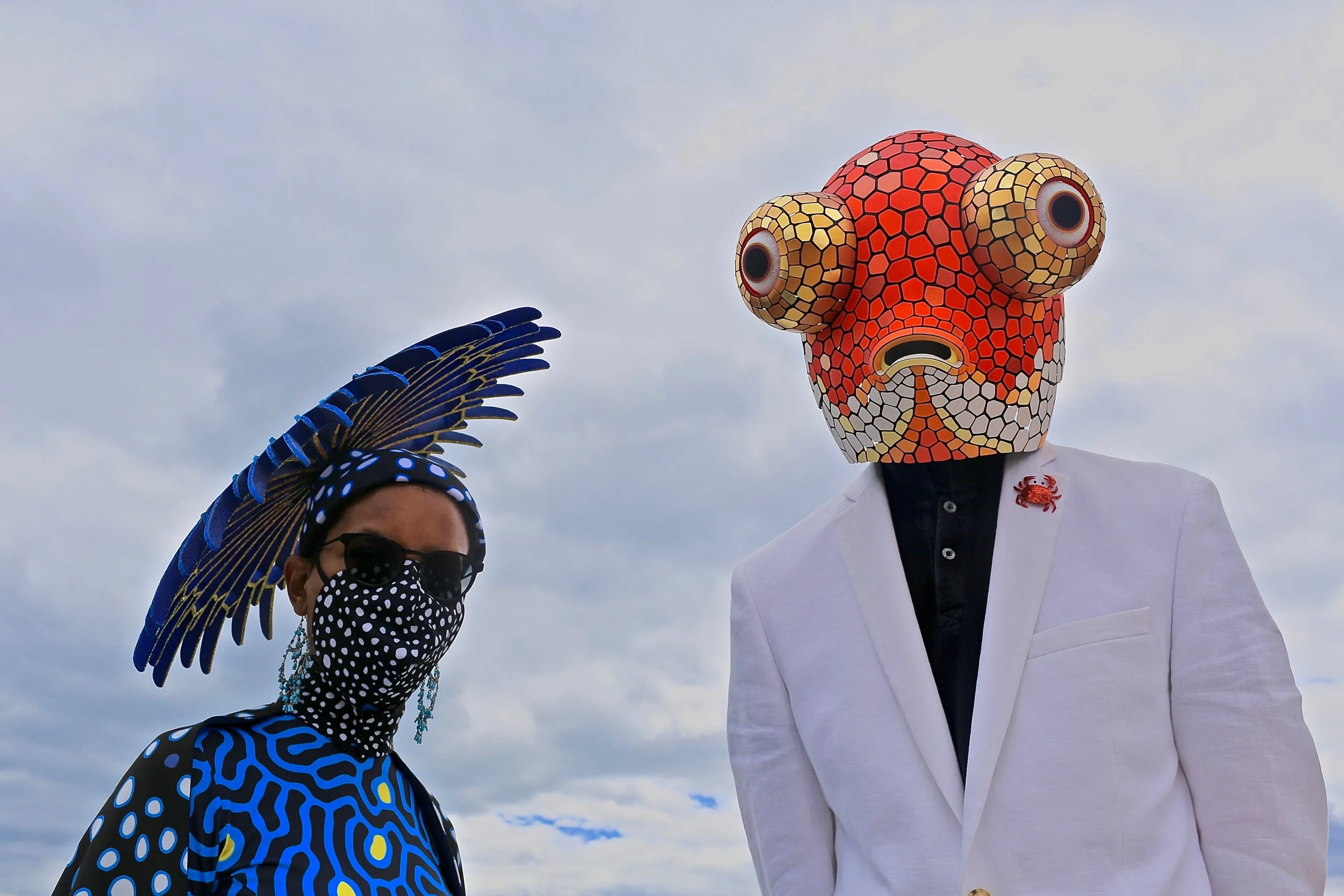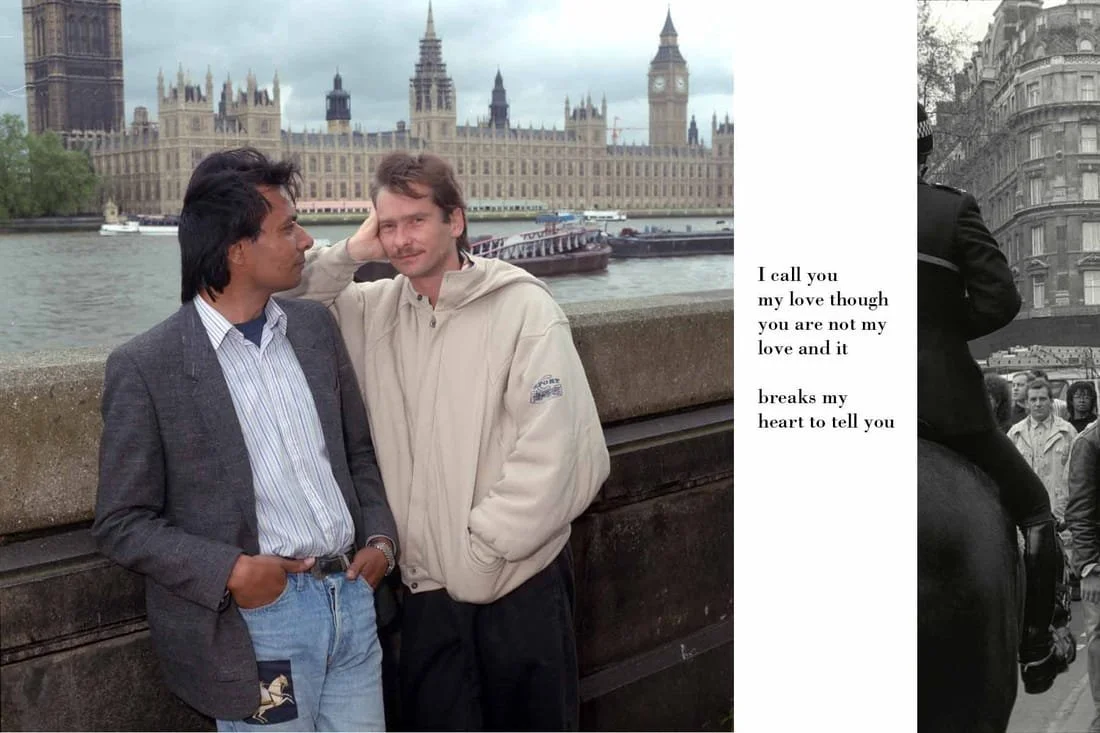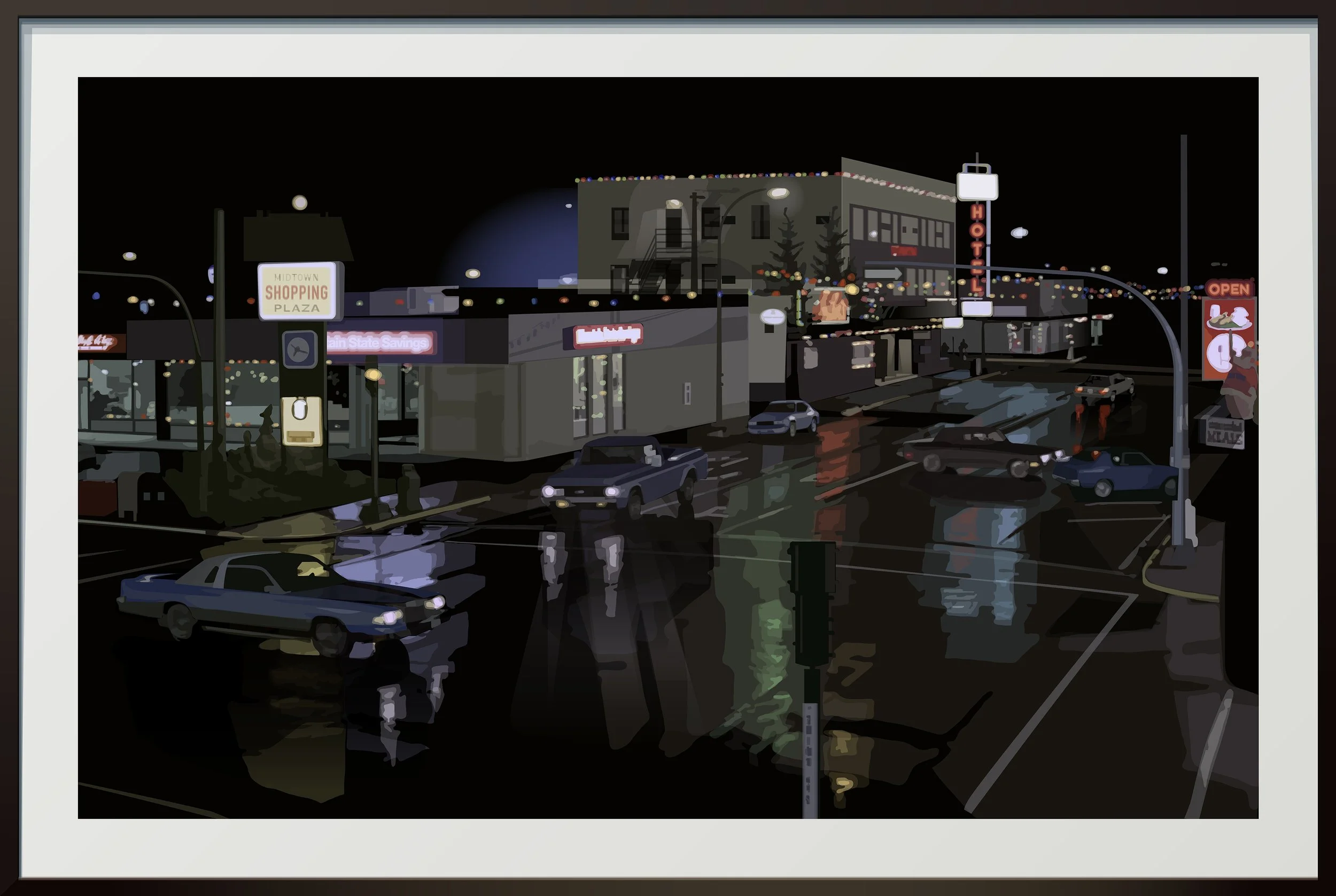PARALLEL LINES: Maria Teresa Salvati
© Isadora Romero, from the series Extremophiles, selected by the Everything is Connected call This is a visual story that contains photographs and objects obtained during the XXIII Ecuadorian Antarctic expedition. This project explores the human presence on the white continent. Bringing out the absurdities and contradictions of the human species
Federica Belli The language of photography is still among the most contemporary ones, despite the growing diffusion of other digital arts. Which forms of photography do you find particularly exciting in our time?
Maria Teresa Salvati First of all, photography is probably the most widely spread digital art. It is easily understandable and easily accessible – a characteristic which expands the perspectives and views we have on our reality. The ability to tell compelling stories is not for everyone, thus I am intrigued by the point of view of those who are actually informed, the ones who study and are conscious of their aim with photography. I like the idea of participative narration, I like when photographers work actively with their subjects, with the community, in order to create narratives that are the most representative possible, and add different perspectives to the narration. The point of view of the photographer is very important, but it could be not sufficient when it becomes very personal and not rooted in research, shared experiences or belonging to that community. That does not mean photographers should put their perspective on the side; rather, to gain trust the artist has to be truthful, authentic and close to the stories of people, as well as his/her own intention. Only that way can one reveal a collective point of view through his perspective. Another important trend right now is localisation: to feel the relevance of a story, one has to truly live inside it. In a sense, the perimeter of a story is what can be known, not what can be imagined. The time of being a tourist as photographer is really over. Moreover, I like projects mixing photography with other disciplines. This is a truly contemporary challenge, as every artist feels like being at the center of each project; however, in order to go towards multidisciplinary projects, we need to go past such idea. I would talk about artivism, especially working in the field of social issues and trying to have an impact. To do so, the photographer really needs to be aware of his role and put the ego aside in favour of something bigger.
F.B. We are facing more and more complex issues, and even though we might evolve to face them we are still humans with limited knowledge. I am seeing exciting collaborations among artists and scientists and researchers as well. With so many images around us, we really appreciate additional insight rather than just being presented with a wonderful image; someone who know the story can simply be more honest about it. We are living in a time in which climate change is forcing us to face our impact on the world we inhabit. In which ways is photography being employed to inform us regarding these issues efficiently?
M.T.S. Just one point: we know photography doesn’t tell the truth, and this applies to the climate change narration as well. It has to be authentic in relation to the intention and the study conducted by the photographer. I have researched what is effective in this field, and we need to make a premise about what we mean when talking about effective communication. This is what we are trying to do with the newly founded trans-disciplinary platform www.everythingisconnected.eu, understand how we can communicate the complex and multi-faceted topic of climate change, considering the different challenges it encompasses. Differently than for other social issues in the past which could be alleviated through donations, climate change requires a cultural shift to be mitigated; a change on the way we conduct our life, the way we eat, vote and act is required. And people have to take responsibility in order to enact such changes. The question is: is photography enough to make such shift occur? My answer is a quite resolute no. However, working in the field of visual arts something can still be done by working with other fields to expand the consciousness of what we do. We are currently talking about many issues in doing so. How do we create empathy with visual storytelling? How can we really engage people directly in the streets? Someone who is not concerned already with a topic is not going to visit an exhibition in a venue, and these issues are still characterised by a high degree of skepticism. How can we involve a large public by using experimental visual languages? In our last talk we discovered an additional method to deepen the narration of social issues by having indigenous people narrating their own stories. Such process goes back to the localisation we were talking about: either the photographer has a way to really be part of the story or to be part of the community which is behind it. After all, one of the biggest problems of climate change is the lack of connection among every aspect of it; and as soon as one connects all the dots, it becomes obvious that we need to do something about the state of things.
© Ami vitale, from the series The Guardian Warriors, selected by the Everything is Connected call Joseph Wachira comforts Sudan, the last male northern white rhino left on the planet, moments before he passed away at Ol Pejeta Wildlife Conservancy in northern Kenya.
F.B. Having indigenous people narrating their story is an interesting way to avoid having photographers see these topics as a trophy to bring back home in the form of a wonderful image.
M.T.S. This is precisely the point. How can we talk about wonderful images when dealing with something so terrible? Such are the reasons why I don’t believe in open air exhibitions in city centres anymore. When you are having a promenade in the city, you don’t want to be reminded how terrible our situation is. You can be attracted by a wonderful image, yet it has no impact at all. Are you going back home with a new consciousness, after your walk with a plastic bottle of water in your hands to face the hot temperatures in the concrete jungle? Come on. Also, people need to be involved in the story in order to really be affected by its consequences. Yes, public space has a great potential as it can reach an unexpected and large public. But I think we also need to experiment with new visual and not visual languages that help people understand, absorb, think and act upon. So, in this context, maybe the role of photography - and here a deepening in terms of aesthetics needs to be made - is that of catalysing attention. For example, in the context of a public space exhibition the photographer does not have to tell the whole story there but rather draw people in, and continue the storytelling journey through other channels, where people has the right mindset and time to truly understand the topic, rather than just passing by.
F.B. I do think open air exhibitions in cities are still a great tool to raise awareness regarding social issues. Being faced with someone else having the same problems I have in a social scene can be a game changer and push me to start opening up more about it. But regarding climate change... it really does not change a thing.
M.T.S. Also, we need to experiment with new visual languages; if photography has the role of catalysing attention, the photographer does not have to tell the whole story there but rather draw people in.
© Chiara Scardozzi, Il Nome Della Terra, from the series Honhat; the author has worked with Maria Teresa to Iind her "spot of beauty". The Land, that the Wichí people call “Honhat”, the most precious and precarious thing for indigenous people and campesinos who inhabit the semi-arid region, which divides Argentina from Paraguay.
F.B. As a visual language, photography is inherently concerned with and influenced by aesthetics. However, when dealing with such data-based and scientific topics, beauty and authorship lose importance. How should photography change to best represent these issues?
M.T.S. Authorship does not lose importance in itself, as the point of view of a narrator remains fundamental, but that is where the relationship between artists and science needs to become deeper. Art is a subjective expression rather than a translation of data, otherwise it would not build on empathy and emotional connection. As an author, it is fundamental to work on authenticity in order to become a storyteller. This is what I call the spot of beauty. And there is a difference between honesty and authenticity. Honesty is intended towards the external world, while authenticity is about personal studies and credibility with oneself. Credibility arises from a practice based on study, on awareness and intention; from there, it is easier to create a connection with the audience, as empathy arises when the viewer is confronted with an authentic approach to production. Art is not a translation of science, and scientists are often positively impacted and intrigued by how artists can create something new out of data; using information as an object, art becomes a vehicle. And after all, science until now has not done a lot: evidence is not enough to change our mind, as our nature requires empathy to be impacted. The artist needs to bring back to the community an authentic idea of being connected to the story.







